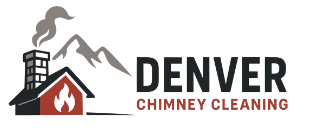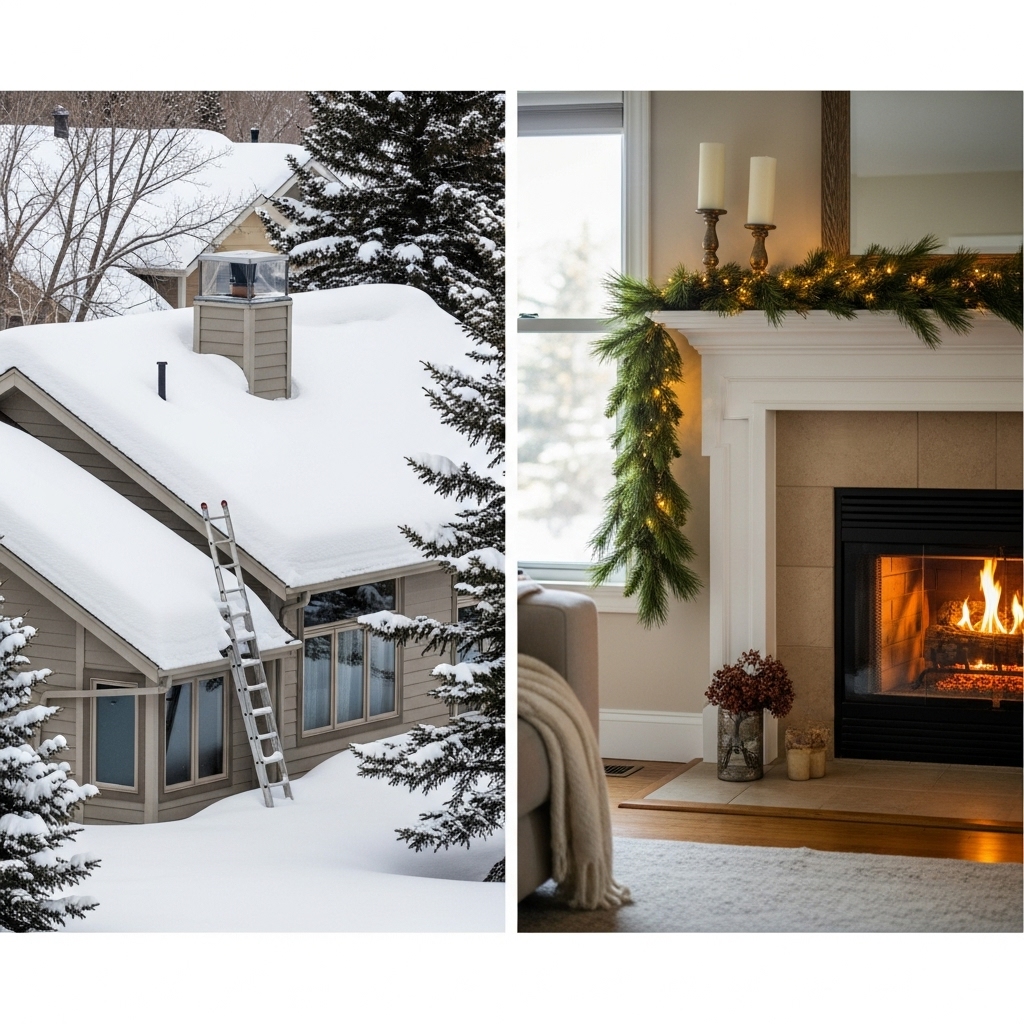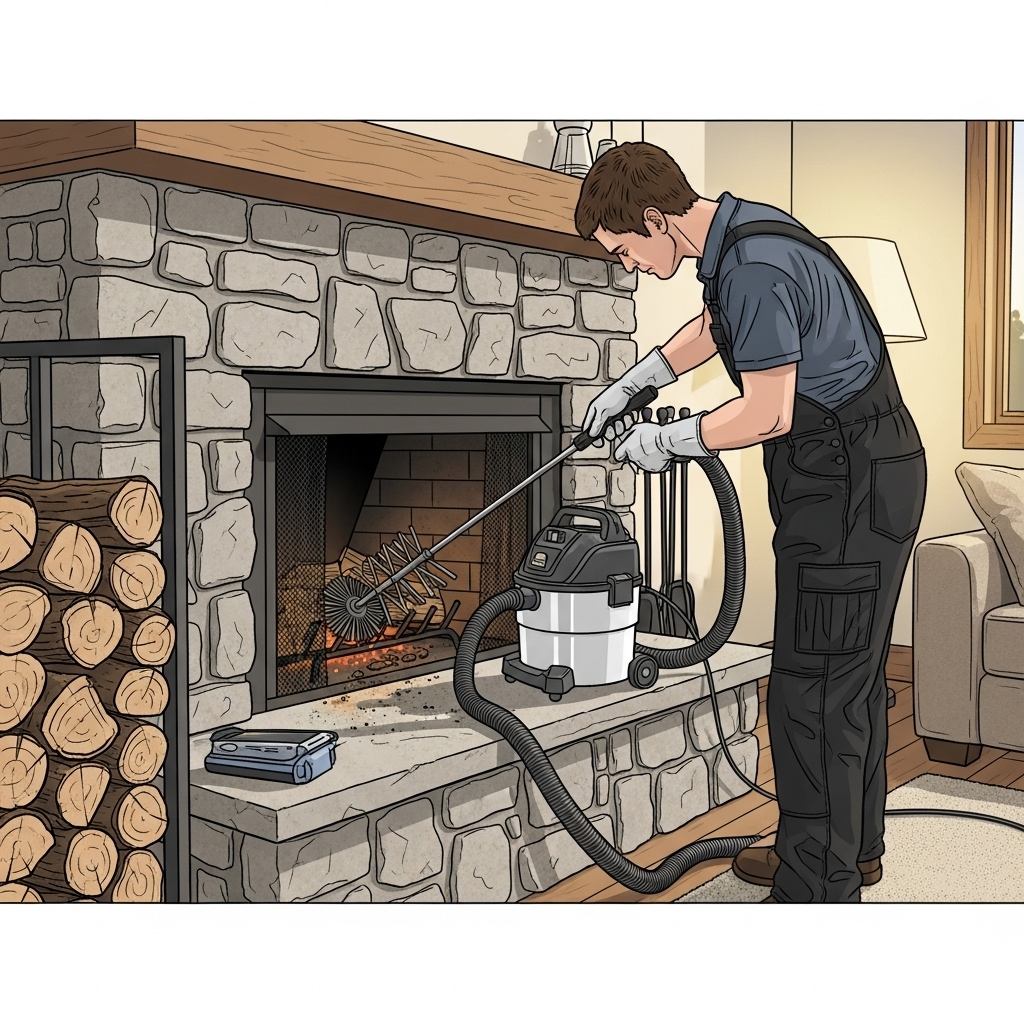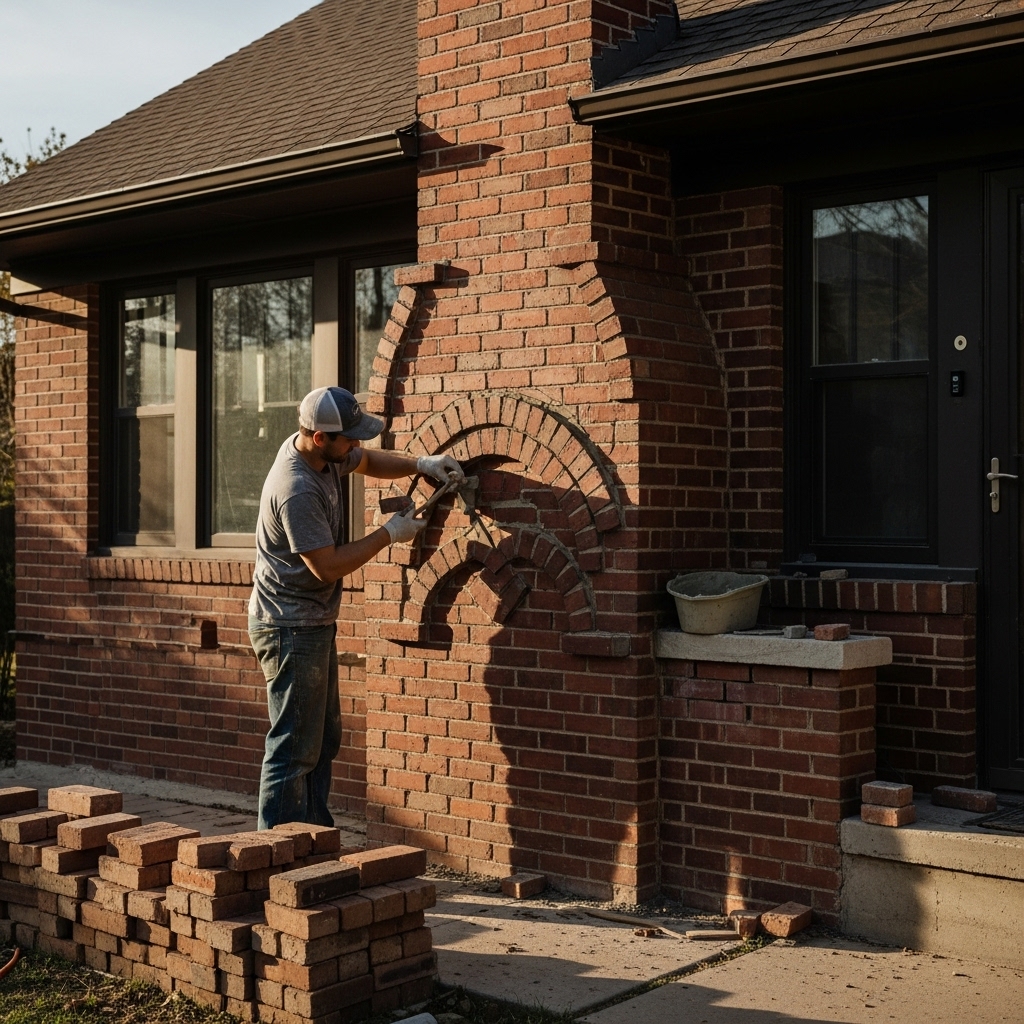Chimney Inspection Tips for Colorado Winters
Colorado winters are beautiful, bright, and brisk, inviting long evenings by a crackling fire. That comfort depends on a chimney system that works safely in cold, windy, and sometimes snowy conditions. An inspection is the cornerstone of winter readiness, revealing issues that may not be visible during casual use. This guide offers practical tips to pair with a thorough inspection so you can enter the season with confidence. For convenience and regional knowledge, many homeowners begin by exploring local chimney inspection services that understand high‑altitude drafting, intense sun exposure, and the freeze‑thaw cycles that shape maintenance choices across the state.
While every home is different, the principles of winter preparation are consistent: verify structural integrity, confirm proper venting, manage moisture, and keep the system clean. Because winter access can be challenging, early scheduling and clear preparation make a noticeable difference. The following sections outline what to focus on before the first cold front, how to monitor performance all season, and what to do when spring arrives.
Before the First Frost
Schedule your inspection well ahead of sustained cold. A pre‑season review provides time for any recommended maintenance and prevents last‑minute scrambles. Make sure the firebox is clear of ash, move furnishings and decorations away from the hearth, and provide access to attics or basements where parts of the chimney run. Ask your inspector to pay special attention to exterior weatherproofing: crowns or chase covers, caps and screens, flashing, and masonry joints. Colorado’s sun can harden sealants and cause premature failure; small touch‑ups before winter can prevent bigger problems later.
Cold‑Weather Drafting and High Altitude
Reduced air density at altitude and frigid outdoor temperatures influence draft. If you notice smoke lingering at startup or occasional downdrafts, discuss termination height, geometry, and nearby roof features with your inspector. Simple adjustments can stabilize flow, and your professional can recommend best practices for starting fires that warm the flue quickly without producing excessive smoke or creosote. For gas appliances, ensure that vent components and joints are tight and that the termination is positioned to resist wind‑driven backdrafts common on exposed sites.
Moisture Management in Snow and Sun
Winter is a test of your chimney’s weather defenses. Snow sitting around the base of the stack or on a chase can melt and refreeze, working its way into tiny gaps. Inspectors look for crown cracks, rust lines at chase cover seams, and lifted flashing where ice dams can migrate. Inside, ceiling stains near the chimney or peeling paint might signal slow leaks. Early detection allows for focused sealing that prevents structural degradation. When storms move through, a quick visual check from the ground helps you spot displaced caps or obvious damage.
Creosote Awareness for Wood Burners
Cool flues and smoldering fires foster creosote accumulation. Your inspector will evaluate deposit type and thickness and recommend the right cleaning strategy. Burning seasoned wood and allowing the appliance to reach proper operating temperature reduce buildup. A well‑sealed system with a smooth smoke chamber and continuous liner also resists heavy deposits. If your winter routine includes frequent low‑temperature fires for ambience, schedule mid‑season checks so accumulation does not get ahead of you.
Gas and Pellet Systems in Winter
Gas fireplaces and stoves still require attention even if they appear clean. Inspections verify vent integrity, gasket condition, and termination components. Pellet appliances can produce ash that settles in elbows and joints; winter winds can stress terminations and create backdraft risks. Confirm that joints are tight and that the cap design suits your exposure. If flames look unusual or you detect odors, stop using the appliance and schedule a review to address the issue safely.
Wildfire‑Season Holdovers
Some Colorado areas transition from late‑summer wildfire concerns directly into cold weather. If your home is in a zone where embers are a risk, verify that spark arrestor screens are the correct mesh size and are free of debris. Wind events can loosen caps, so double‑check fasteners during pre‑winter inspections. Maintaining ember resistance does not have to compromise draft; a knowledgeable professional will ensure a balanced approach that supports winter performance and seasonal safety.
Interior Signs That Deserve Attention
Pay attention to what your home tells you. Persistent odors, smoky startups, and darkened grout or tile near the fireplace opening may signal partial blockages or pressure imbalances. White staining on masonry can point to moisture migration. Rust flecks in the firebox may hint at roof or chase cover leaks. If you notice these signs, document them with photos and share them with your inspector. Clear communication helps pinpoint root causes quickly.
Weather Windows and Access
Winter weather sometimes limits roof access. When conditions are icy or extremely windy, inspectors may document what they can from the ground and interior, then return when safe. Plan ahead by scheduling inspections before the first heavy snow, and remain flexible if a storm forces a brief delay. A safety‑first approach ensures a thorough evaluation without risk to people or property.
Fireplace Operation Best Practices
Good operation habits complement inspection findings. For wood systems, burn seasoned hardwood, establish a small, hot kindling bed to warm the flue, and keep the damper fully open during startup. Avoid over‑loading the firebox, which can cool the flue and increase smoke and deposits. For gas systems, follow manufacturer guidance on ventilation and avoid blocking louvers or intakes around the unit. If your home is especially tight, a window cracked slightly during startup can help establish draft until the flue warms.
Attic and Basement Checkpoints
Where the chimney passes through concealed spaces, confirm during inspection that clearances are maintained and that no combustibles have been added too close during remodels. Look for discoloration on framing, insulation that touches metal components, or stains that suggest slow leaks. In factory‑built systems, verify that supports remain level and sound and that firestops are in place and undamaged.
Documentation for Peace of Mind
A good inspection produces a clear, photo‑rich report that prioritizes recommendations. Keep reports, receipts, and photos in a single folder. This record helps if you sell your home, file an insurance claim after a storm, or plan spring maintenance. If any finding is unclear, ask for a walkthrough. A professional who values education will gladly explain conditions and answer questions.
When to Schedule Mid‑Season Checks
If you burn daily, especially with wood, consider a mid‑season review to confirm that creosote remains under control and that wind and weather have not altered terminations or flashing. Mid‑season visits are also smart after unusual odors, smoke spillage episodes, or loud animal activity in the chimney chase. Addressing issues quickly keeps the rest of winter uneventful and safe.
Spring Follow‑Through
Once temperatures warm, schedule any repairs recommended during winter inspections while weather is cooperative. Spring is a good time for crown sealing, masonry repointing, and chase cover replacements. Addressing moisture pathways before summer storms and next winter’s freeze‑thaw cycles prevents recurring damage.
Frequently Asked Questions
Question: How early should I book a winter inspection? Answer: Late summer or early fall gives the best chance of favorable weather and ample time to complete recommended maintenance before cold sets in.
Question: Do gas fireplaces need winter‑specific checks? Answer: Yes. While they do not produce creosote like wood systems, gas units depend on tight vent joints, correct termination components, and reliable seals, all of which winter winds can challenge.
Question: What signs suggest I need an immediate inspection? Answer: Persistent smoke rollout, strong odors, new stains near the chimney, unusual sounds from the chase, or a cap that looks tilted or missing after a storm are all cues to schedule promptly.
Question: Can I operate my fireplace during a power outage? Answer: Some gas units require electricity for blowers or ignition, while others can operate without power. Verify your model’s requirements in advance and ensure proper ventilation is maintained.
Question: How does high altitude affect my fireplace? Answer: Thinner air can alter draft and combustion. Your inspector may recommend termination height adjustments or operational techniques that help establish stable flow during start‑up and in windy conditions.
Bringing It All Together for a Safer Winter
Colorado winters reward preparation. An inspection confirms that your chimney is ready for the demands of cold, wind, and sunshine on snow. By pairing professional findings with smart operation, moisture management, and timely follow‑through, you protect your home and enjoy the warmth you expect. When you want a partner who understands the nuances of high‑altitude living and seasonal weather, look to local chimney inspection services for thorough evaluations and practical guidance.
Warmth and Safety Start Here
Make this winter safer and more comfortable by booking a professional evaluation now. Gain clarity about your system’s condition and a prioritized plan for maintenance when you take a moment to schedule a chimney inspection with a trusted Colorado provider.




